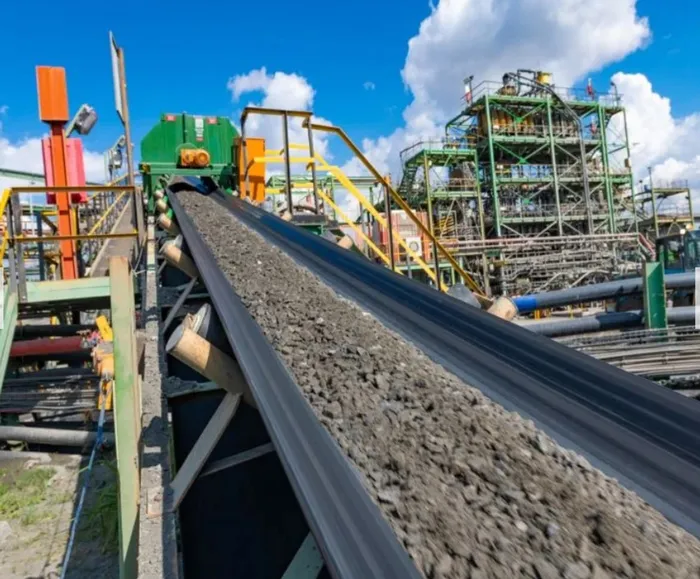PGM prices improving, says Tharisa

The Tharisa mine produces PGM and chromite concentrate. SUPPLIED
Platinum group metals (PGM) prices during the quarter to the end of June slightly improved, Tharisa Minerals said yesterday, weighing in on sentiment that the worst could be over for troubled producers of the precious commodity.
Tharisa has, however, been spared the full effects of the PGM commodity downturn owing to its diverse portfolio. The company also produces chrome, the price of which has been stable.
“PGM prices for the quarter were at slightly higher-levels than in the previous quarter supporting the market view that the bottom of the market has passed,” Tharisa said yesterday.
However, PGM prices continue to be influenced and rangebound by sustained “inventory destocking, the pace of which is dependent on economic activity” that continues to trail previous levels.
Support for the PGM sector is emanating from changing and improved perceptions that the internal combustion engine will remain around much longer. Hybrid automotive engines that utilise some PGM metals are also now deemed the natural progression in the longer term.
But for Tharisa, the bigger respite has been occasioned by chrome prices that are trending up.
“Chrome prices have continued to trend upwards on strong fundamental demand for product coupled with port inventories at the lower end, supporting prices,” said the company.
Nonetheless, logistics for Tharisa and other chrome producers “remain complex” though the company is managing this.
Phoevos Pouroulis, CEO of Tharisa, said during the June quarter, the company had operated as planned with improved mining and plant recoveries resulting in overall PGM and chrome-concentrate production increases.
“The focus on sustainable mining and the structural improvements achieved in this year to date positions us for a strong last quarter, with further improvements in the mining performance providing the sustainable foundation for the medium to long-term plans for the mine,” he said.
The company had made progress with its plans for the transition into underground development in the west pit parallel with the continued optimisation of its open-pit mining.
Construction of the Karo PGM project in Zimbabwe was also progressing in line with capital availability and the various funding solutions for the project under the circumstances of low PGM prices.
“Our vision for Tharisa remains firmly intact, with sustainable mining complemented by maximising the output from our ore bodies, coupled through our various beneficiation initiatives for both chrome and PGMs, together with the continued progress we are making in the renewable-energy field with Redox One, and the 40MW solar project,” added Pouroulis.
Tharisa closed the June quarter period under review with $189.9 million in cash at hand compared to $184.6m as at the end of the previous quarter.
Net debt however reduced to $97.7m from $114m in March. This had resulted in a net cash position of $92.2m compared to $70.6m in March.
During the quarter, Tharisa PGM production rose to about 37 000 ounces from around 35 000 ounces. The PGM basket price for the period were steady at $1 391 per ounce, up from $1 343 per ounce in the previous contrasting period.
The company’s chrome production increased to 410 000 tons from 402 000 tonnes a year ago.
There were continued strong average metallurgical grade chrome-concentrate prices during the period, rising by 8% to $309 per ton.
BUSINESS REPORT